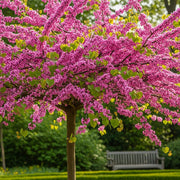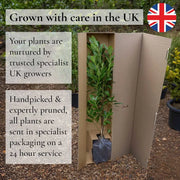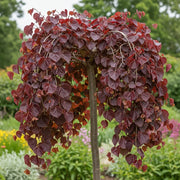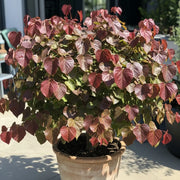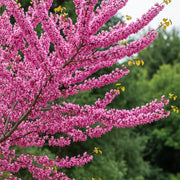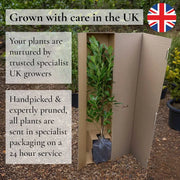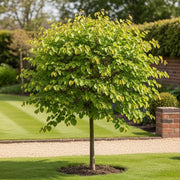Explore our exquisite collection of Redbud Trees, known botanically as Cercis, and discover the perfect specimen to elevate your garden. These stunning ornamental trees are celebrated for their breathtaking display of vibrant, pea-like flowers in spring, emerging directly from their...
Explore our exquisite collection of Redbud Trees, known botanically as Cercis, and discover the perfect specimen to elevate your garden. These stunning ornamental trees are celebrated for their breathtaking display of vibrant, pea-like flowers in spring, emerging directly from their branches before the iconic heart-shaped leaves unfurl. Ideal for British gardens, our Redbud Trees offer superb seasonal interest, from their glorious spring blossom to their attractive foliage and graceful structure, promising a spectacular focal point for any outdoor space.
